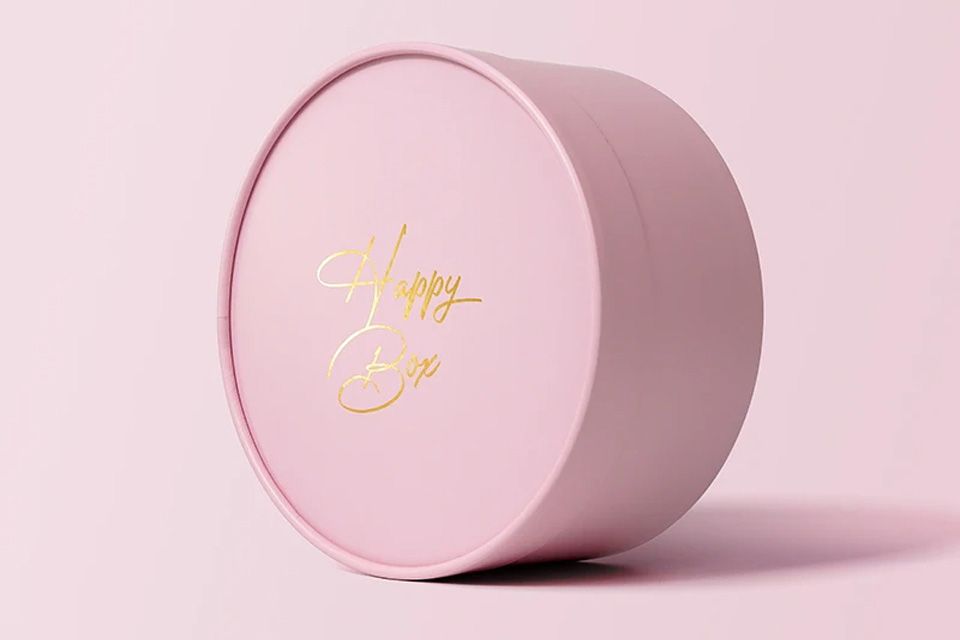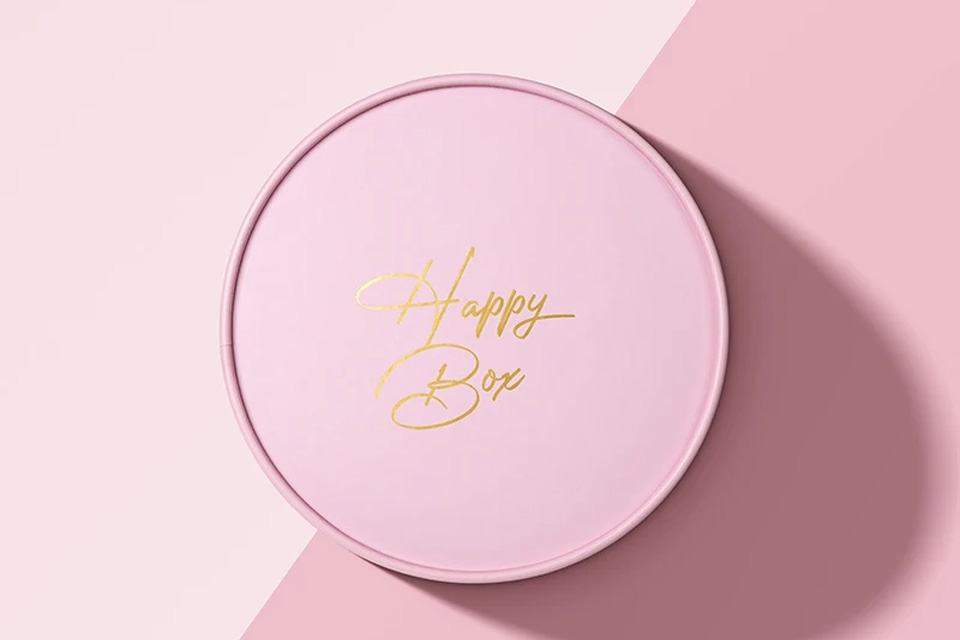Green and Aesthetic Resonance: Decoding the Five Consumer Psychological Codes of Paper Tube Packaging Box Design
Introduction
In 2025, when the sustainable consumption wave and personalized needs are intertwined, paper tube packaging boxes have broken through the traditional container function and become the core medium for brand value delivery. Based on the research on global packaging market trends and consumer behavior, this article systematically analyzes the five core demands of paper tube packaging box design - practicality, aesthetics, differentiation, social identity, and brand premium. Combined with corporate cases such as Amazon and L'Oreal and data from the World Packaging Organization (WPO), it reveals how paper tube packaging can achieve a double leap in commercial value and environmental protection concepts through precise psychological insights. The article cites authoritative resources such as FSC certification standards and Pantone color reports to provide packaging designers with a feasible strategic framework.
1. Realistic psychology: the balance between sustainability and functional innovation
Data support: In 2025, the global paper packaging market size will reach US$298.24 billion, of which 67% of consumers will list "material durability" as the primary criterion for purchasing packaging boxes. Paper tube packaging can achieve a 40% increase in compressive strength and a 25% reduction in material loss through a one-board molding design (such as the DVD packaging case). Its honeycomb structure design can bear more than 15kg, meeting the logistics needs of home appliances.
Enterprise practice: Shanghai Jielong Art Printing uses FSC-certified corrugated cardboard, and through the "three-layer composite process", the box drop test pass rate is increased to 98%, while reducing the unit cost by 18%. This design not only meets the working class's pursuit of cost-effectiveness, but also realizes the functional transformation of the packaging box into a storage box through a detachable structure, meeting the secondary use needs of housewives.
2. Beauty-seeking psychology: consumption upgrade driven by sensory experience
Visual revolution: Neuroaesthetic research shows that the use of 72% saturation gradient color cosmetics paper tube packaging (such as the YSL Christmas limited edition) can extend the shelf stay time by 3.2 seconds and increase the purchase conversion rate by 27%. The "Enamel Color Pattern Paper Tube" series of the Palace Museum Cultural and Creative Co., Ltd. reproduces the luster of cultural relics through cold stamping technology, achieving 73% brand memory among young people.
Tactile innovation: L'Oreal and Pantone jointly launched the "velvet touch paper tube", which is covered with a plant-based micro-velvet coating on the surface and feels like velvet, making the unboxing experience of high-end skin care products premium by 35%. This design accurately hits the aesthetic needs of women, who account for 75.3% of beauty consumption, and sublimates packaging into an emotional collection.
3. Seeking difference: The battlefield of personalized expression of Generation Z
Structural subversion: Data from Japan's LOFT limited store shows that the repurchase rate of special-shaped paper tube packaging (such as dodecahedral candy boxes) among teenagers is 2.3 times that of regular packaging. Nike and Marvel jointly launched the "spider web paper tube shoe box", which uses UV printing technology to achieve dynamic light effects when opening the box, and the number of social media dissemination has exceeded 120 million times.
Interactive design: Starbucks' 2025 spring cherry blossom series uses AR paper tube packaging, and a virtual cherry blossom rain appears when scanning with a mobile phone, which has increased the proportion of consumers aged 18-25 from 32% to 61%. This strategy of turning packaging into social currency perfectly fits the consumption characteristics of minors who "focus on packaging and ignore products".
4. Herd mentality: IPization of packaging under social fission
Star effect: According to the "2025 Packaging Marketing White Paper", the pre-sale volume of album paper tube packaging with celebrity signatures (such as the BLACKPINK limited edition) is 4.7 times that of the regular version. The "Thousand Miles of Rivers and Mountains Drawing Tube Cup Set" jointly launched by Heytea and the Forbidden City has achieved a 40% increase in store traffic in a single day through KOL seeding.
Hotspot binding: During the World Cup, Mengniu used team-themed paper tube packaging, combined with the QR code collection activity, to increase the product awareness among male consumer groups by 58%. This design uses group identity psychology to transform packaging into an entry point for social participation.
5. Fame-seeking psychology: a visual carrier of brand assets
Implicit logo: LV's Monogram printed paper tube packaging can still achieve 94% brand recognition even if the LOGO is removed. Apple Watch's recycled aluminum paper tube packaging box presents a unique metallic luster through anodizing technology, making the unboxing video playback volume exceed 200 million times.
Environmental certification: Paper tube packaging with EPD (Environmental Product Declaration) certification can increase high-end customers' willingness to pay by 29%. Yunnan Pu'er tea brand "Yulin Gushu" uses FSC&GOTS dual-certified paper tubes, and cooperates with microphotography to display tea fibers, successfully entering the European organic food market.
Conclusion
Paper tube packaging box design has entered the era of "psychological economics". Excellent solutions need to build a multi-dimensional value network on an environmentally friendly basis: meet realistic needs through modular structures (refer to the World Packaging Organization's stress resistance standards), leverage the Pantone color system to activate aesthetic perception, use AR technology to create a differentiated experience, rely on IP co-branding to create a herd effect, and finally achieve brand premium through environmental certification. In the future, with the popularization of smart sensor paper (such as temperature-dependent ink to monitor food freshness) and carbon footprint visualization labels, paper tube packaging will shift from passively catering to demand to actively defining consumption scenarios.
 English
English Español
Español Português
Português Pусский
Pусский Français
Français Deutsch
Deutsch 日本語
日本語 한국어
한국어 Italiano
Italiano عربى
عربى

